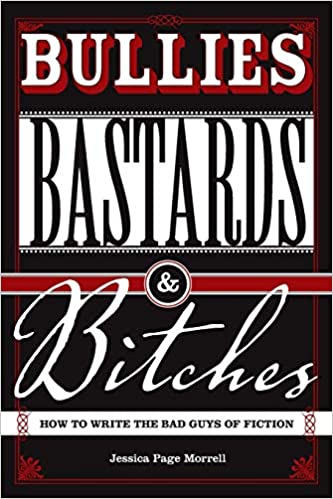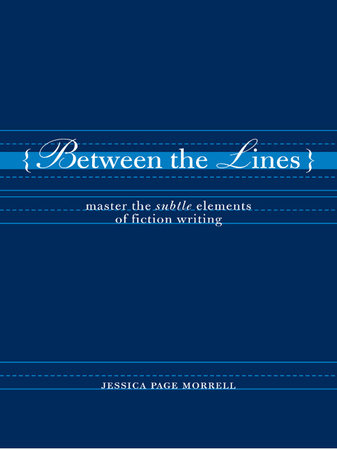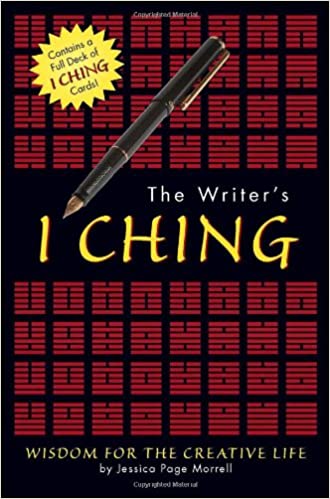Jessica P. Morrell©
“A strongly motivated need or desire sets in motion actions and revelations that return to dramatically affect a character, resulting in the final cry from Henry James’ The Wings of the Dove: “We will never again be as we were!” The plot has worked from disorder to order, from an unstable situation to one at least temporary rest, to success or renunciation.” Oakley Hall, The Art and Craft of Novel Writing
 Plot is perhaps the most often heard term when discussing fiction. It is also considered to be the essence of fiction writing. There are many definitions of plot: It is a unified, designed structure or arrangement of events. In most stories these events involved a protagonist facing some form of conflict.
Plot is perhaps the most often heard term when discussing fiction. It is also considered to be the essence of fiction writing. There are many definitions of plot: It is a unified, designed structure or arrangement of events. In most stories these events involved a protagonist facing some form of conflict.
I would like to add to the common definitions and suggest that plot is movement and a record of change. These changes—usually inflicted on the characters—alter their fortunes, emotions, and beliefs. Plot is also a push, a force, called narrative drive. This drive is the inexorable forward movement of related events that pile high until the whole teetering tower collapses into the final conflict, the climactic scenes that make the story worthwhile.
When considering a plot, ask yourself if there is momentum behind the elements you’ve selected. Here are seven key ingredients in an effective plot.
A plot begins when the status quo, the ordinary world the main character occupies is disrupted by a significant event. This event—called the inciting incident– pushes the story forward like a rocket launcher. Once this event occurs, there is no turning back, the character who is sometimes caught off-guard, is propelled into action, forced to make decisions often based on self protection.
The plot focuses on a character or group of characters who are worth following through the pages of your story or novel. Your characters can be neurotic or despicable, vain or shallow, but they must always be fascinating and believable and their actions, decisions and motives must propel the story to an inevitable conclusion.
A plot is made of a series of events that are somehow linked. A plot is not a line up of random or unrelated events. I like to compare plot to a pearl necklace where each pearl is a scene, linked to the next, which is linked to the next. Notice that you need a sturdy string to connect all the pearls—they are not scattered around the room, hiding under the sofa, tucked into a corner. They are strung together because fiction is causal—events cause other events, which cause more complications, which cause more events.
The plot builds by adding on complications, surprises, and developments, and new elements that add more tension and forward motion. Plots are not drawn as a straight line; instead there are zigzags, dead ends, sidetracks and crooked paths. Each of these elements adds more obstacles, more decisions to be made, paths to be chosen. At each turn, chaos, disorder, arguments, struggles, bewilderment, dilemmas should result.

At the heart of a plot the protagonist has a goal that he or she is pursuing throughout the story. No matter where the plot veers, or how complicated the story becomes, this goal is always clear, compelling and forceful. The goal forces the character to act, react and fumble.

A plot simmers, boils, and then finally explodes in the final scenes. You cannot write a story where the plot is merely simmering –their needs to be increasing tensions, terrible pressures building, options disappearing as your character is thrust forward.
A plot satisfies. The final scenes, when the tensions are red hot and the character has reached a point of no return, must deliver drama, emotion, yet a logical conclusion. This is not to suggest that every plot ends with a shoot out or physical confrontation, because some stories are quieter, more thoughtful. Sometimes much of the conflict is internal, not external. But nevertheless, the ending delivers a payoff; the tension and conflict are resolved. Decisions are made, goals achieved, plans drawn for a new life, a victory achieved. Something important has happened and the ending is like pressure released from that simmering pot. The release is real, palpable, and most of all, pleasing.





Leave a Reply